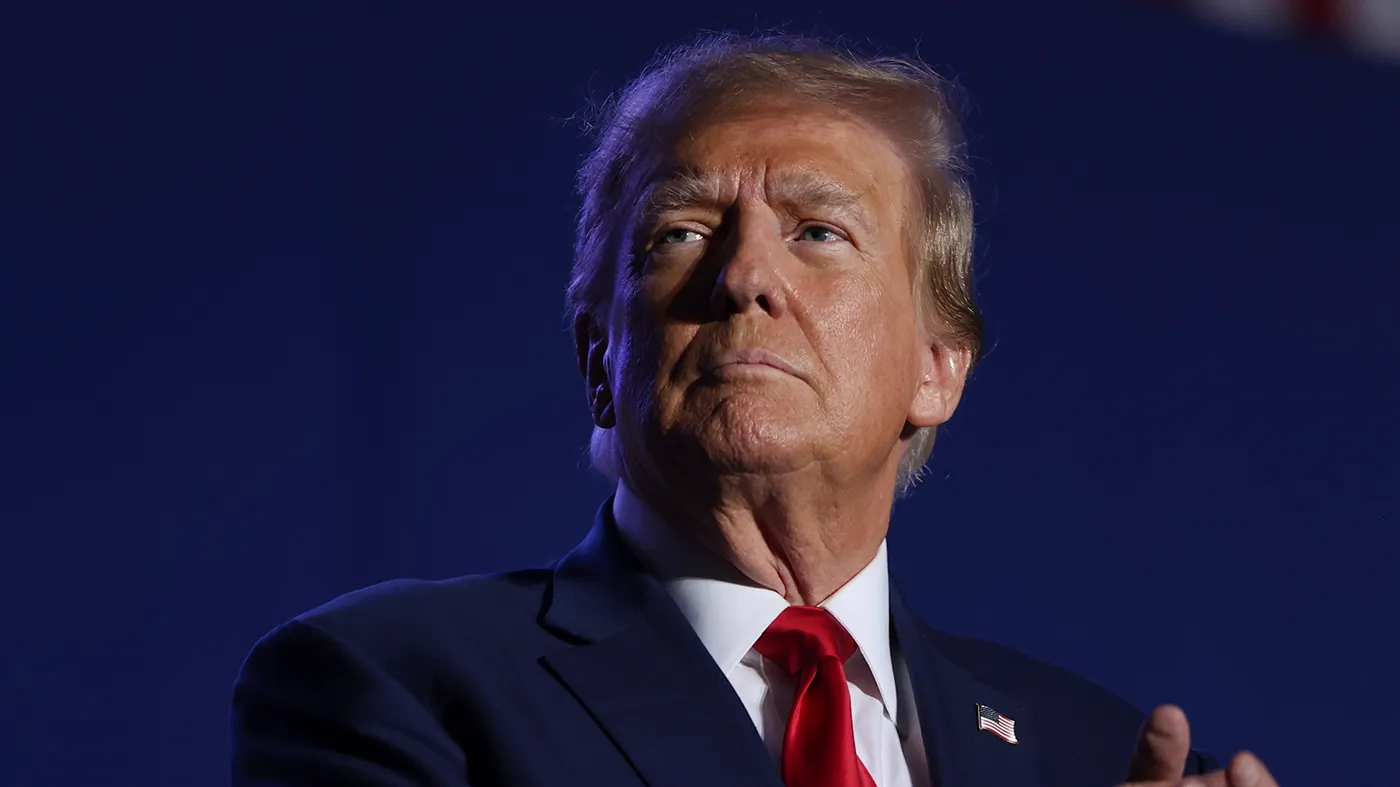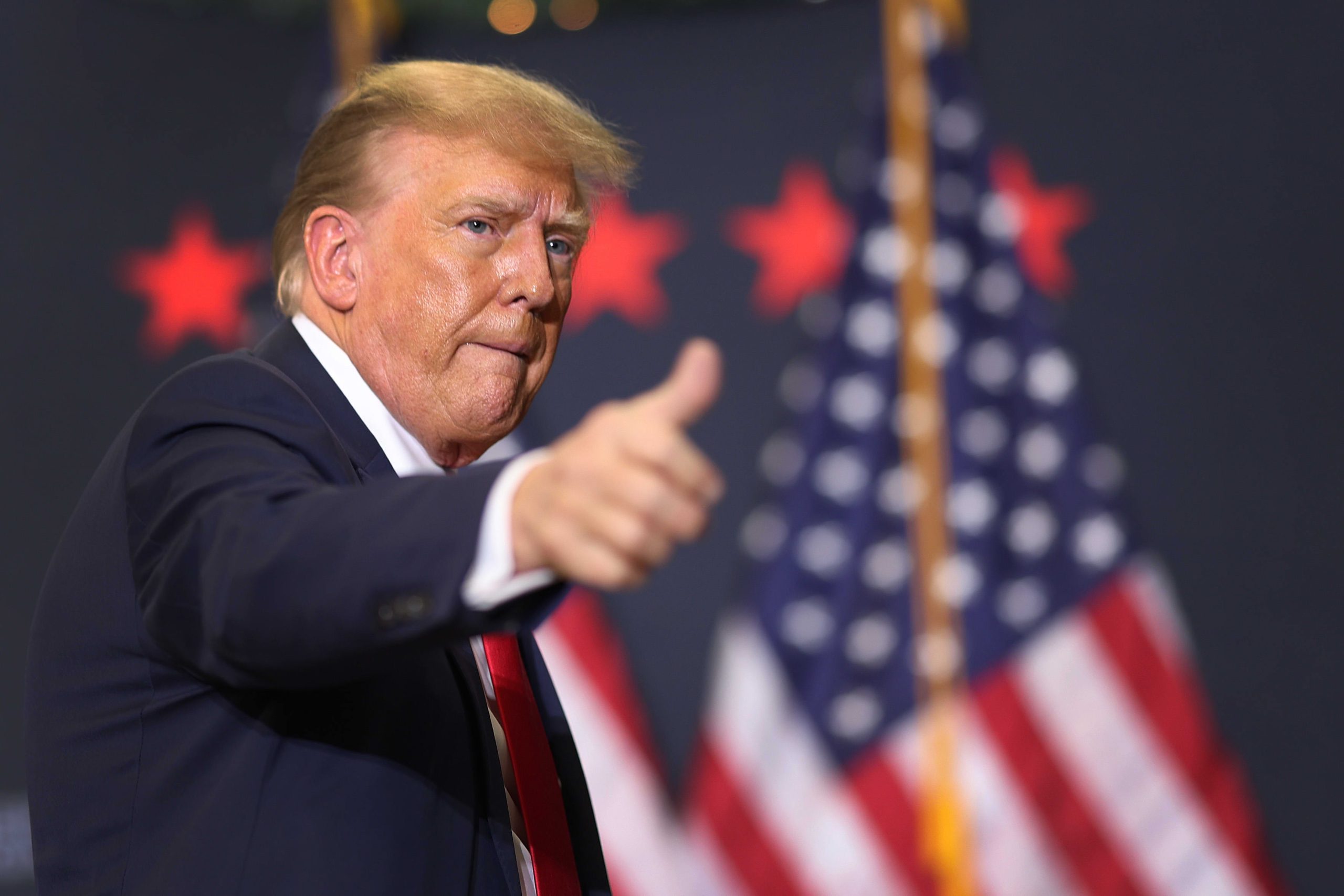Yesterday, the Supreme Court heard oral arguments in Trump v. Anderson, a case concerning whether Donald Trump can be excluded from the presidential primary ballot in Colorado under Section 3 of the 14th Amendment due to his actions related to the 2020 election.
It appears likely that the Court will reverse the Colorado Supreme Court’s decision and allow Trump to be reinstated on the ballot, possibly through a unanimous ruling. This outcome is expected, especially from the conservative justices, despite the textual arguments involved.
Chief Justice John Roberts was anticipated to seek consensus among the justices, yet it seems unnecessary as even some liberal justices seemed inclined to support Trump’s candidacy during the arguments. The presentation by Jonathan Mitchell, representing Trump, was notably lacking in coherence, with the justices themselves guiding him toward points that might strengthen his case, to little avail.

Jason Murray, representing the effort to keep Trump off the ballot, faced tough questions from Roberts and several conservative justices regarding the authority of states to determine ballot access. Despite arguing for states’ rights, Murray found limited support even among conservative justices like Elena Kagan, who expressed concerns about the lack of uniformity across states if Colorado’s ruling were upheld.
Kagan, along with Justice Ketanji Brown Jackson, raised the argument that the 14th Amendment might not apply to the presidency, a stance that surprised many given the historical context and textual evidence. This departure from expected legal interpretation might garner praise for intellectual consistency but raises questions about the justices’ motivations.
Sonia Sotomayor appeared skeptical throughout the hearing but seemed resigned to the likelihood of Trump’s reinstatement on the ballot. The absence of robust liberal dissent was disappointing to observers who had hoped for a more contentious debate and potential compromise from Chief Justice Roberts.
Overall, the oral arguments suggest a probable reinstatement of Trump on the ballot, underscoring the limitations of legal avenues in addressing concerns about his candidacy. The focus on states’ rights in this context highlights a perceived inconsistency in judicial interpretation when it comes to voting access versus insurrectionist behavior.
